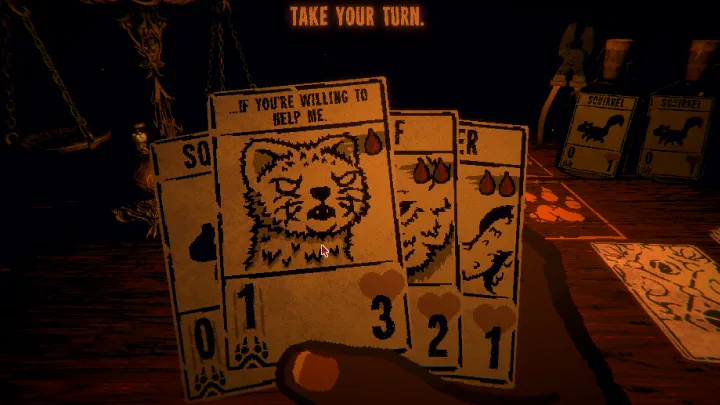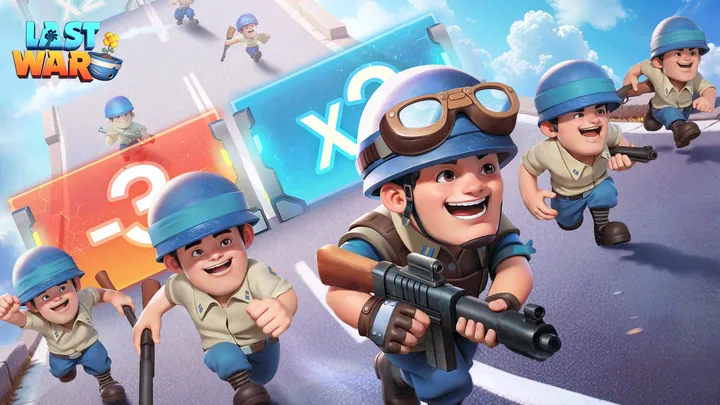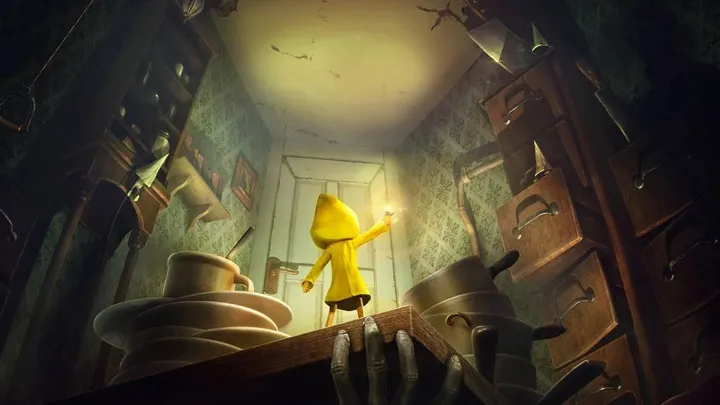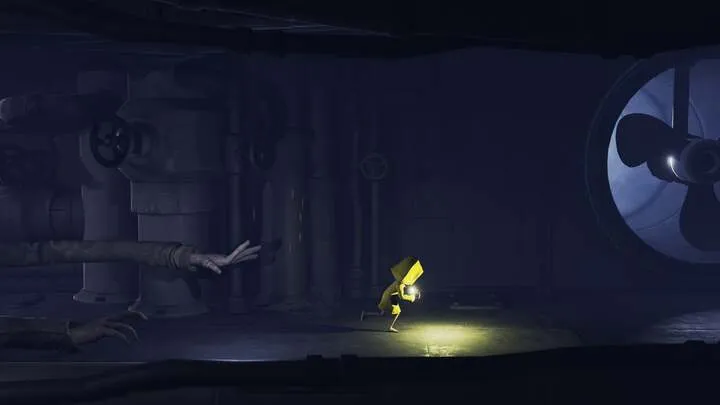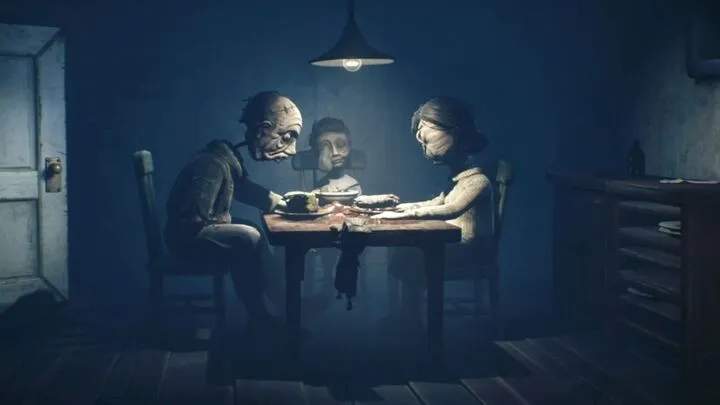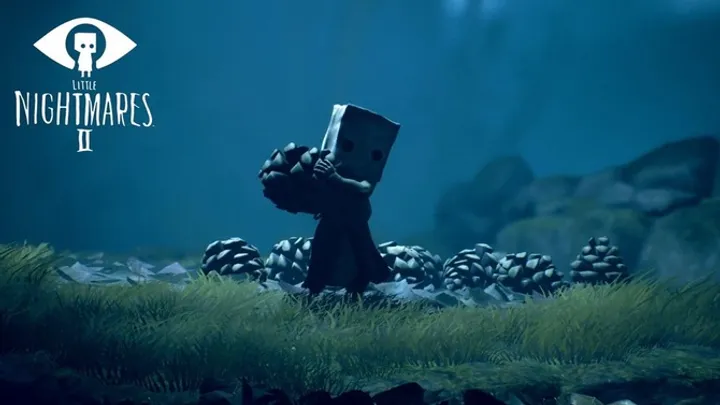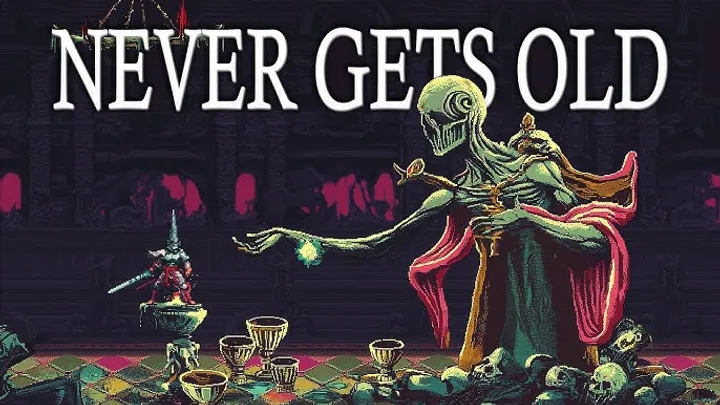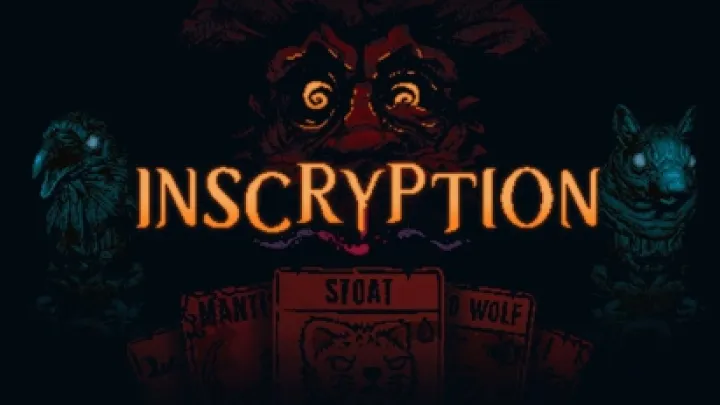
Inscryption, developed by Daniel Mullins Games, has emerged as a standout title in the indie gaming space since its release in 2021. Blending elements of card games, roguelikes, and psychological horror, Inscryption presents a unique narrative that explores themes of choice, consequence, and player agency. The game’s innovative mechanics challenge players to make decisions that significantly impact their experience, leading to a rich tapestry of outcomes. This article delves into the intricate dynamics of choice and consequence in Inscryption, examining how these elements shape the player’s journey and the overarching narrative.
The Setting: A Game Within a Game
Introduction to Inscryption
At its core, Inscryption is a game that subverts traditional gaming conventions. Players find themselves trapped in a mysterious cabin, where they face off against a shadowy figure known as the "Game Master." In this confined space, players must engage in a card game that serves as the primary gameplay mechanic.
Layers of Reality
The game operates on multiple layers, with each act revealing deeper truths about the characters and the nature of the game itself. This layered approach creates a complex environment where choices are never straightforward, and the implications of each decision resonate throughout the narrative.
- The Cabin: Serving as both a setting and a character, the cabin evolves based on player choices, reflecting the consequences of their actions.
- The Game Master: This enigmatic figure manipulates the game, creating an atmosphere of tension and uncertainty as players navigate the rules.
The Mechanics of Choice
Card Mechanics and Strategic Decisions
The card game at the heart of Inscryption is deceptively simple yet deeply strategic. Players build decks, summon creatures, and engage in battles that test their decision-making skills.
Deck Building and Customization
The choices players make while building their decks significantly influence their chances of success. Selecting the right combination of cards can lead to powerful synergies or devastating weaknesses.
- Card Types: Different cards possess unique abilities, strengths, and weaknesses. Understanding these nuances is crucial for constructing an effective deck.
- Resource Management: Players must manage resources like bones and blood to summon creatures, adding another layer of strategy to their decisions.
The Weight of Consequences
Immediate vs. Long-Term Consequences
In Inscryption, choices often lead to immediate consequences, but the game also emphasizes the importance of long-term effects. Decisions made in one round can ripple through subsequent encounters, affecting the overall narrative.
The Butterfly Effect
The game exemplifies the butterfly effect, where small choices can lead to significant outcomes. Players may make seemingly innocuous decisions that later come back to haunt them, creating a sense of tension and urgency.
- Character Fates: The fate of characters encountered throughout the game is heavily influenced by player choices, leading to varied outcomes in each playthrough.
- Story Branching: The narrative branches based on decisions, encouraging players to explore different paths and outcomes.
The Role of Narrative in Choice
Story Integration
Inscryption masterfully integrates choice into its narrative. The story unfolds in a way that forces players to confront the consequences of their decisions, deepening their investment in the characters and plot.
Emotional Engagement
The emotional weight of choices is heightened by the game’s storytelling. Players are often faced with morally ambiguous decisions that challenge their values and beliefs.
- Character Development: The narrative explores the backstories of characters, creating emotional stakes that resonate with players.
- Moral Dilemmas: Players are frequently confronted with choices that lack clear right or wrong answers, prompting reflection on their motivations.
The Impact of Player Agency
Empowerment vs. Manipulation
One of the central themes in Inscryption is the tension between player agency and manipulation. While players are given the illusion of freedom, the Game Master constantly influences their choices.
The Illusion of Control
The game plays with the notion of control, often leading players to believe they are making independent decisions when, in reality, they are being guided toward specific outcomes.
- Scripted Events: Certain events unfold regardless of player choices, highlighting the limitations of agency within the game.
- Psychological Manipulation: The Game Master’s presence serves to heighten the sense of unease, as players grapple with the reality of their choices.
The Experience of Failure
Consequences of Defeat
Failure is an integral part of Inscryption. Players who lose encounters face significant repercussions, often losing key cards and resources necessary for future success.
Learning from Mistakes
The game encourages players to learn from their failures. Each defeat provides insights that can inform future decisions, creating a cycle of growth and adaptation.
- Trial and Error: Players are incentivized to experiment with different strategies and card combinations, fostering a sense of resilience.
- Narrative Reflection: Losing can lead to narrative revelations, prompting players to reconsider their choices and the implications of their actions.
The Community's Response to Agency and Choice
Player Discussions and Theories
The intricate mechanics of choice and consequence have sparked vibrant discussions within the Inscryption community. Players share their experiences, strategies, and interpretations of the game’s narrative.
Collective Insights
Online forums and social media platforms have become hubs for players to collaboratively analyze the implications of their choices, enhancing the overall experience.
- Theories on Outcomes: Players often propose theories about the consequences of specific choices, leading to deeper understandings of the game’s mechanics.
- Shared Experiences: Discussing individual journeys through the game fosters camaraderie and enriches the community’s appreciation for the narrative.
The Future of Choice in Gaming
Innovations in Game Design
Inscryption’s exploration of choice and consequence raises important questions about player agency in the future of gaming. As developers continue to innovate, the lessons from Inscryption can inform new approaches to storytelling.
Expanding Player Agency
Future games may seek to expand player agency by offering more meaningful choices that resonate throughout the narrative. This could involve more dynamic branching paths and deeper emotional engagement.
- Emergent Narratives: Encouraging players to create their own stories through choices can lead to more personalized experiences.
- Complex Moral Dilemmas: Introducing morally ambiguous decisions can prompt players to reflect on their values and the impact of their choices.
Conclusion
Inscryption stands as a remarkable exploration of choice and consequence within the gaming landscape. The game’s intricate mechanics challenge players to engage deeply with its narrative, making decisions that resonate throughout their journey. By blending strategy, storytelling, and psychological manipulation, Inscryption creates a unique experience that leaves a lasting impact on players. As the gaming industry continues to evolve, the lessons learned from Inscryption will undoubtedly influence future titles, encouraging developers to explore the complexities of player agency and narrative depth.








